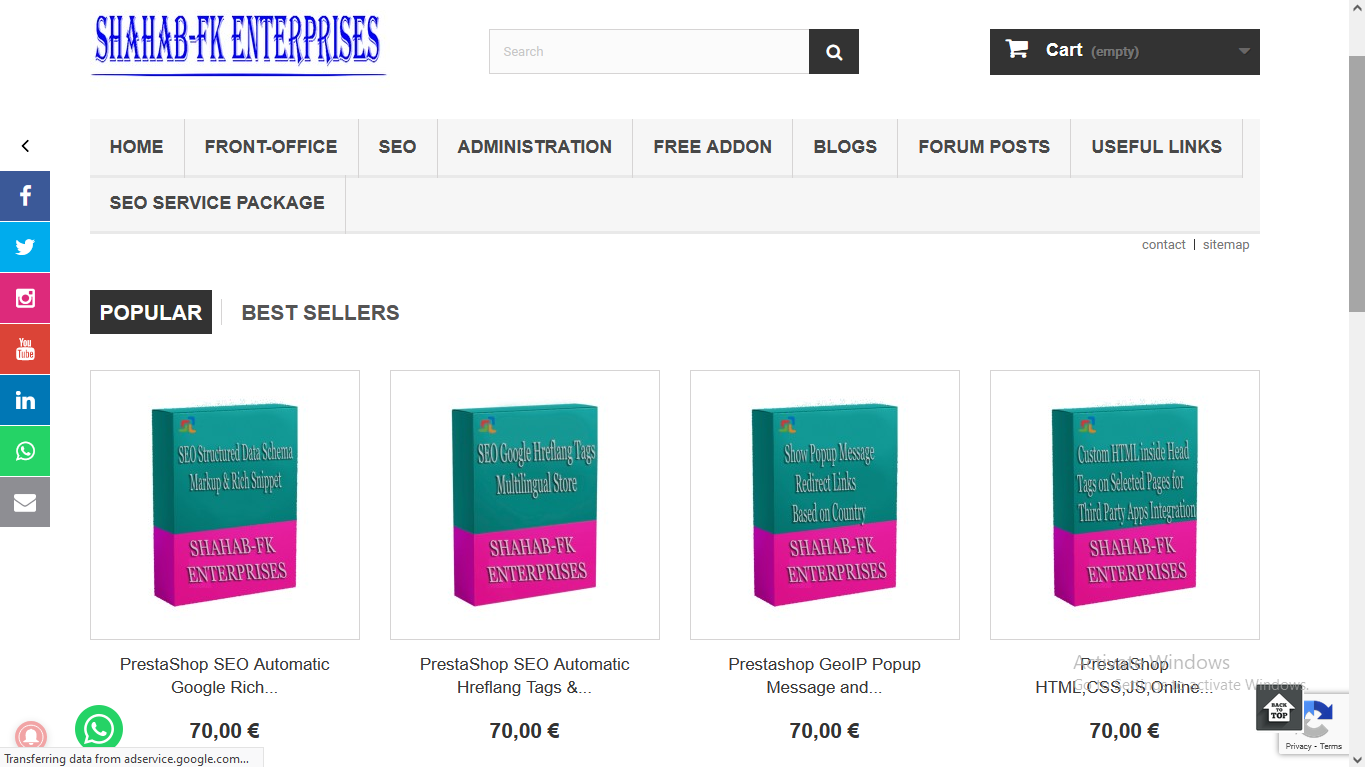How To Reduce Your Bounce Rate The recent changes in algorithms deployed by most major search engines mean that the metrics we once thought were important have now changed. One of the new metrics that is being measured is the bounce rate, but many people do not understand what it is all that they can do to reduce it.
The “Bounce–Rate” of a web page or post is a measure of the speed with which a visitor leaves it. So, for example, if a visitor arrives on your webpage and immediately hits the back button, the bounce rate will be registered as 100%. We do not know the exact calculation that is used by the search engines, but what is clear is that the higher the bounce rate the less interesting and engaging your page is considered to be. This in turn means that the lower the bounce rate the search engine measures, the better the ranking will be.
Google in particular has told us many times recently that what it wants to see in order to rank a page well are quality content and user engagement. There are several tactics you can use to improve your visitors’ experience when they visit your webpages:
Make your text visually appealing. A lot of people are intimidated by large blocks of text and cannot be bothered to read it, so break it up into smaller paragraphs and use fewer sentences in each paragraph. Use bullet points, subheadings, and different text colors to increase the variety.
Use callouts and images sprinkled through your page to keep people’s attention longer. Be very careful when using images that you are not breaching any copyright laws. A variety of text styles including Johnson boxes can be used to break up long passages of text.
Incorporate video and animation into your posts to keep people’s interest and encourage them to explore further. Most are YouTube videos that have an embed option are suitable for sharing on your webpage.
Encourage interaction by asking for Facebook likes and shares, retweets from Twitter users, and repins from Pinterest users. Finish your post with an open question and invite visitors to comment. These techniques are great ways of building relationships with your visitors, and if they are interesting your potential audience is much larger as they will be broadcast to all their contacts.
Always include a link to related content after each post you make. Anyone using WordPress or a similar CMS should be able to install a plug-in that will do this automatically, but if that option is not available simply link to other posts on your blog with the same tags all belonging to the same category.
By following these simple measures you can dramatically reduce your bounce rate, and in the process show the search engines that your content is engaging by the fact that it is being shared. It takes no longer than normal to incorporate these strategies into your writing and will really pay dividends if you get into the habit of doing it.

